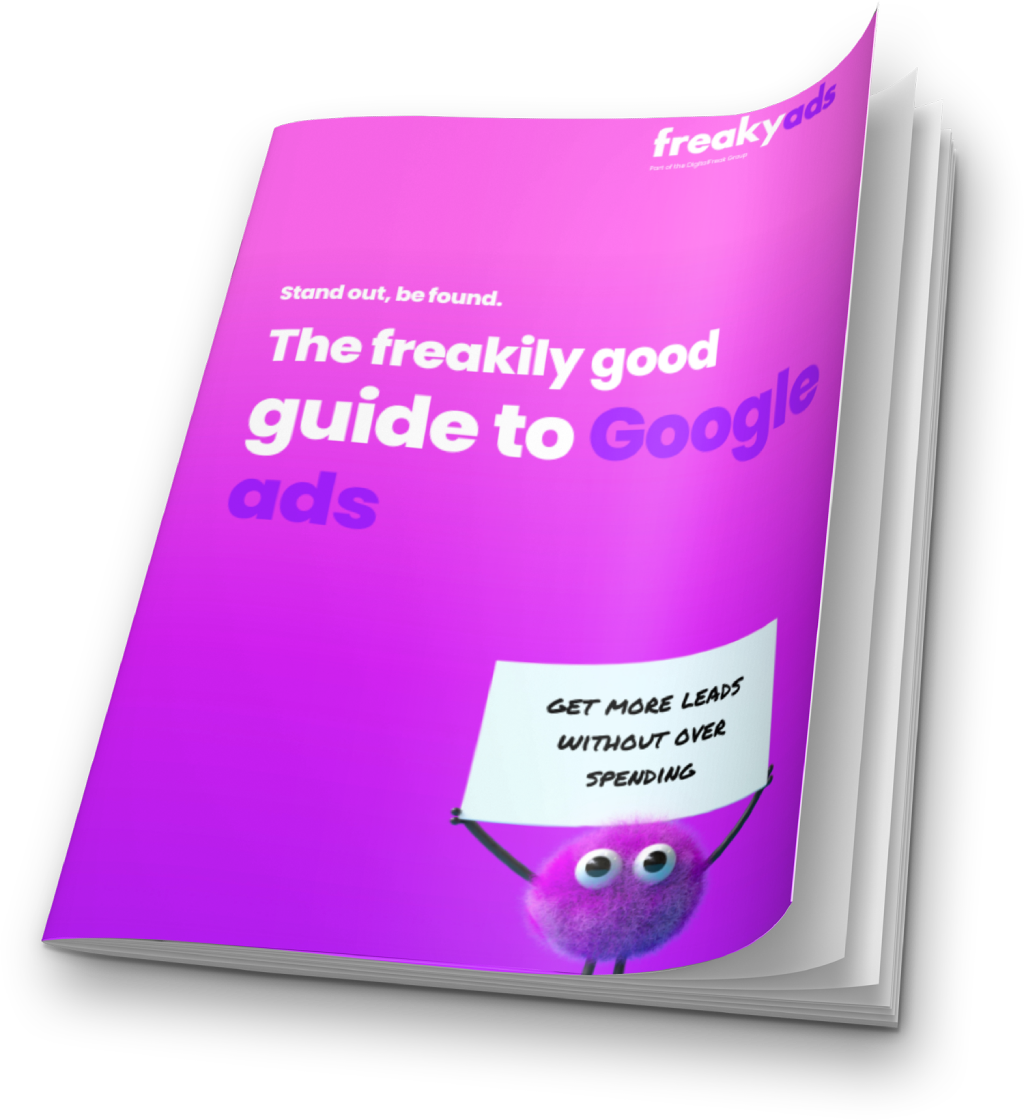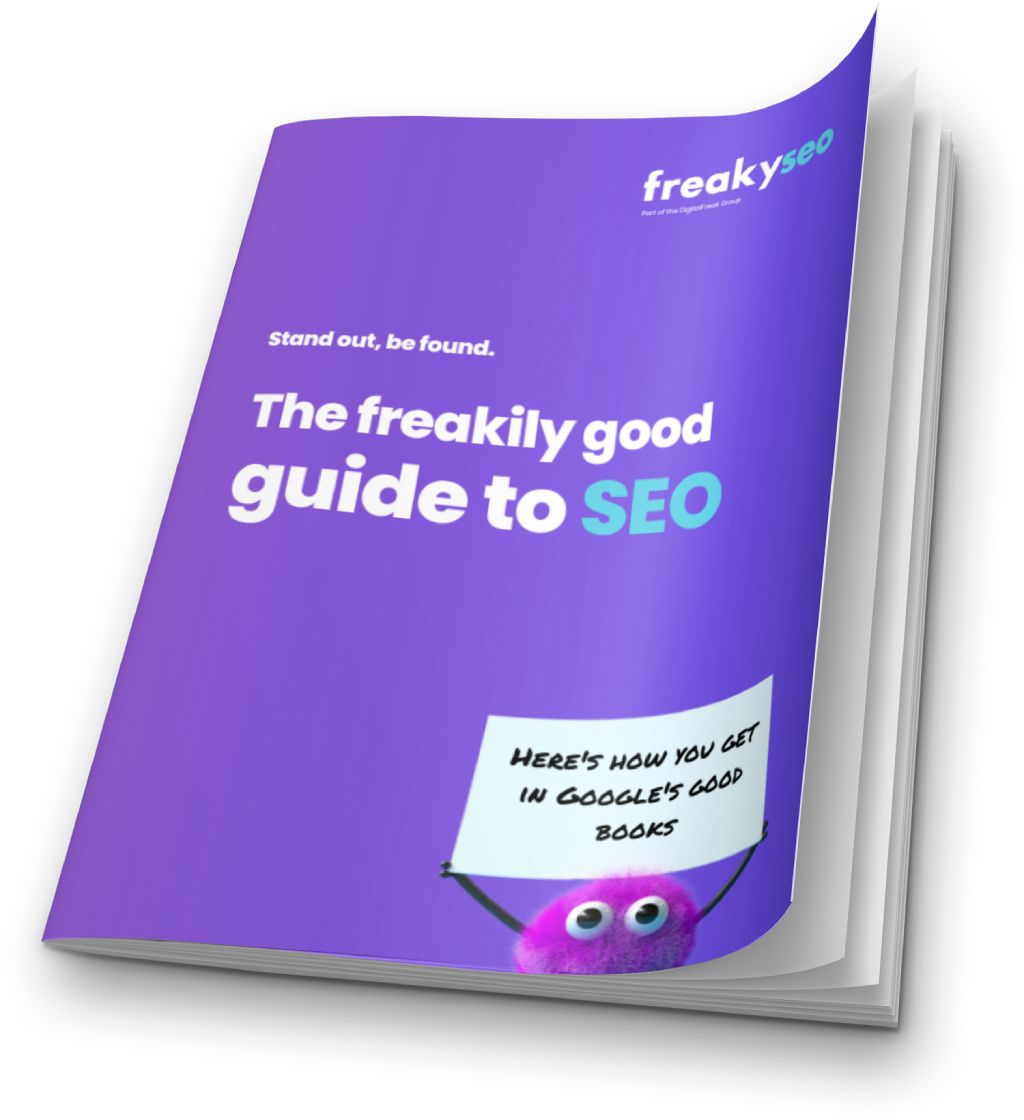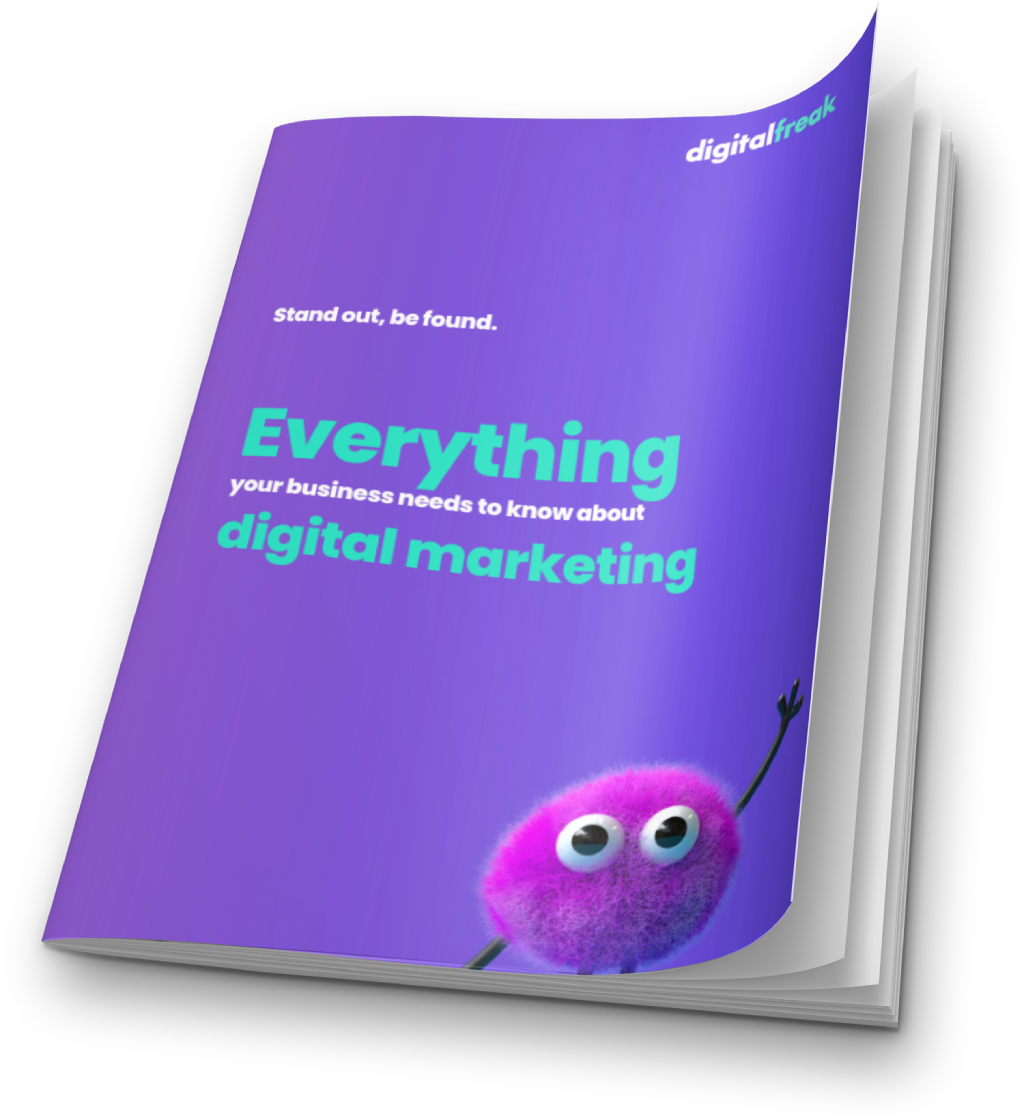In today’s content-saturated digital landscape, writing SEO copy is no longer just about ticking boxes for Google—it’s about serving your audience first. If your copy doesn’t rank, it’s invisible. But if it ranks and doesn’t convert, what’s the point?
To truly master SEO copywriting, you need to strike the right balance between search engine optimisation, persuasive writing, and conversion-focused calls to action. When done right, SEO copy acts like a magnet for both Google and your ideal customer.
Here’s how to get there—step by step.
Step 1: Start with Strategy, Not Just Keywords
Before you even think about writing, you need to get your strategy right.
In the age of AI-generated content, the brands that are winning in search results are those creating relevant, useful, and human-first content.
So start by asking:
- Who is this copy for?
- What stage of the buyer journey are they in?
- What problems are they trying to solve?
- What makes our solution different or better?
Understanding search intent is essential. You’re not just targeting keywords—you’re targeting the why behind the search. People don’t just want information—they want answers, solutions, and next steps.
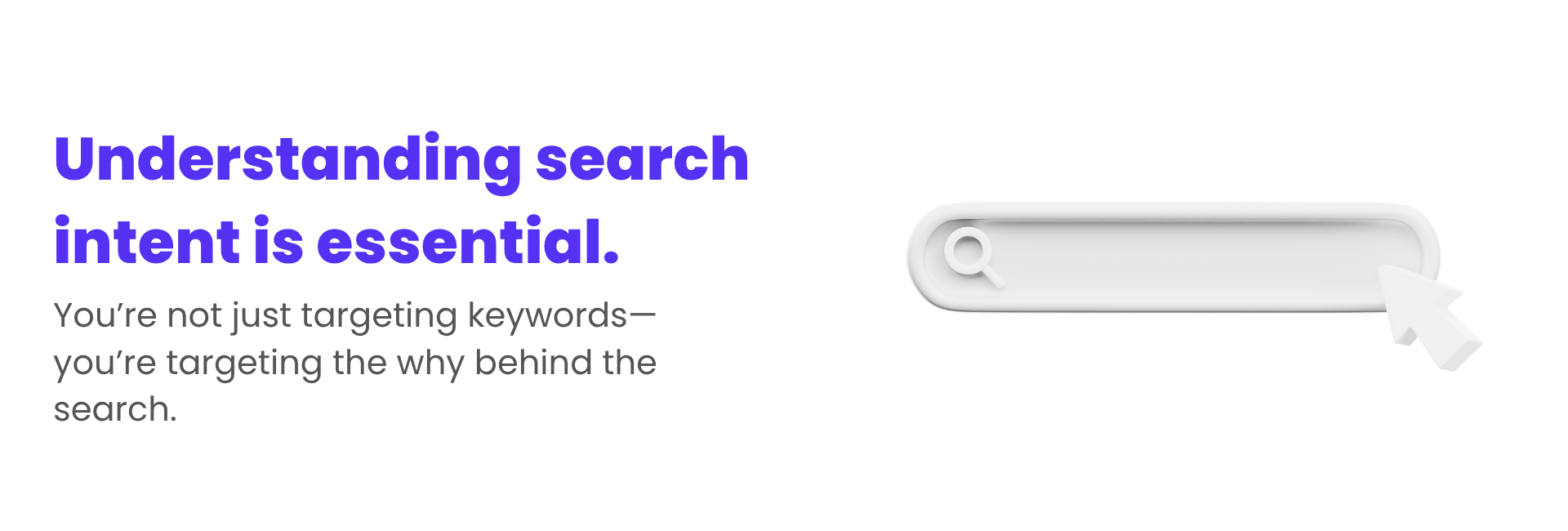
Step 2: Keyword Research with Context
Keyword optimisation is still a core pillar of SEO copywriting, but modern SEO is about relevance, not repetition.
Here’s how to approach keyword research in a way that supports both rankings and conversions:
Choose Intent-Driven Keywords
Focus on long-tail and semantic keywords that align with your customer’s needs. For example:
- “Best CRM for small businesses” signals a commercial intent.
- “How to segment an email list” signals an informational need.
- “CRM comparison 2025” suggests someone is in the decision phase.
Don’t Forget Synonyms and Supporting Terms
Search engines are more advanced than ever and now understand the context around a topic. That means it’s smart to use related terms and phrases to add depth. For example, if you’re writing a blog about “trail running,” you might also include:
- Trail running shoes
- Hydration packs
- Terrain types
- Endurance training
- Off-road safety tips
Place Keywords Strategically
Once you’ve got your keywords, weave them into:
- Headline and subheadings
- Introductory paragraph
- Meta title and description
- Image alt text
- URL slug
- Body content (sparingly and naturally)
- CTA (if appropriate)
The goal is to inform and guide, not to cram keywords like it’s 2010.
Step 3: Structure for Skimmability and Search
You have just a few seconds to grab attention and keep a reader on the page. Structuring your SEO copy with clarity and flow helps both users and search engines navigate your content.
Use the Inverted Pyramid
Start with the most important information first, then expand with supporting details. Google favours concise, relevant content—so get to the point early.
H1s, H2s, and H3s Are Your Best Friends
Use headings to guide the reader. Make sure:
- Your H1 contains the main keyword.
- H2s break up each section clearly.
- H3s offer sub-points, FAQs, or lists within a section.
Use Bullet Points, Bold Text, and Short Paragraphs
These formatting tools improve readability and accessibility while keeping the flow snappy. Make it easy for readers to find what they’re looking for—especially on mobile.
Step 4: Write with Persuasion in Mind
SEO gets your copy in front of people. Persuasion keeps them reading and gets them to act.
Your job as an SEO copywriter is not just to inform but to also inspire action. This comes down to knowing your audience and using techniques from direct response marketing and behavioural psychology.
Focus on Benefits, Not Just Features
Example:
- “Our platform includes a dashboard, custom reporting, and automation features.”
vs. - “Save hours each week with smart automation and get instant clarity from your custom dashboard.”
Use the PAS or AIDA Copywriting Frameworks
- PAS: Problem – Agitate – Solution
- AIDA: Attention – Interest – Desire – Action
These frameworks guide readers through a mini-journey that aligns with their emotions and decision-making process.
Address Objections in the Copy
Include answers to common hesitations or questions within the copy, especially for service or product pages. Use social proof, testimonials, or expert insights.

Step 5: Create Clear, Action-Focused Calls to Action (CTAs)
Even the best SEO copy falls flat without a clear next step. Whether it’s clicking a button, downloading a guide, or booking a consultation, every page needs a purpose and a strong CTA.
Traits of a Good CTA:
- Clear and action-oriented (“Start your free trial,” “Book a free strategy call”)
- Benefits-driven (“Get instant access,” “Grow your traffic today”)
- Time-sensitive (“Limited spots available,” “Only 3 days left”)
Match the CTA to the stage of awareness:
- For awareness-stage blog readers: “Learn more” or “Subscribe”
- For decision-stage service pages: “Book a free consult”
You can repeat your CTA at the beginning, middle, and end of the content, especially for longer pieces.
Step 6: Optimise for Featured Snippets and Voice Search
More and more users are searching using voice or skimming featured snippets. Writing for these opportunities improves visibility beyond traditional rankings.
Tips to Optimise:
- Include short, direct answers to questions (30–60 words)
- Use “what is,” “how to,” and “can you” phrasing
- Add FAQ sections with schema markup if possible
- Use numbered lists or bullet points for steps or comparisons
Step 7: Internal Linking and Content Hubs
Your SEO copy shouldn’t exist in isolation. Use internal links to guide visitors to related content and build topic authority.
How to Do It:
- Link blog posts to relevant service pages
- Create content hubs and pillar pages with topic clusters
- Use keyword-rich anchor text naturally (for example: “learn more about our email marketing services”)
This helps users explore your site longer, boosts your time-on-site metrics, and signals topical depth to Google.
Step 8: Review, Refine, and Refresh
Even the best SEO copy needs maintenance.
Use tools such as:
- Google Search Console to see what you’re ranking for
- SurferSEO or Clearscope to compare against top-ranking content
- Hotjar or Microsoft Clarity to understand user behaviour on the page
Keep Your Content Fresh:
- Update statistics and links
- Improve underperforming headlines or CTAs
- Expand thin content to improve E-E-A-T (Experience, Expertise, Authoritativeness, Trust)
SEO is not a one-and-done project, it’s a process of iteration.
Ranking in AI-Powered Search Snippets
As search engines evolve, AI-generated summaries—like Google’s AI Overviews and Bing Copilot—are becoming a key part of the SERP. To increase your chances of being featured, your content needs to be concise, authoritative, and directly aligned with user intent.
To rank in AI mode search results, structure your pages with clear headings, answer specific questions in 30–60 word blocks, and include an FAQ section. Use language that is easy to parse and backed by real expertise or data.
Google and other engines are more likely to pull content that offers definitive answers, demonstrates trustworthiness, and fits neatly into conversational AI responses. Including schema markup, especially FAQ and How-To, can further improve visibility in these AI-powered formats.
Tip: Treat every subheading as a potential question being asked—and answer it clearly, concisely, and credibly.
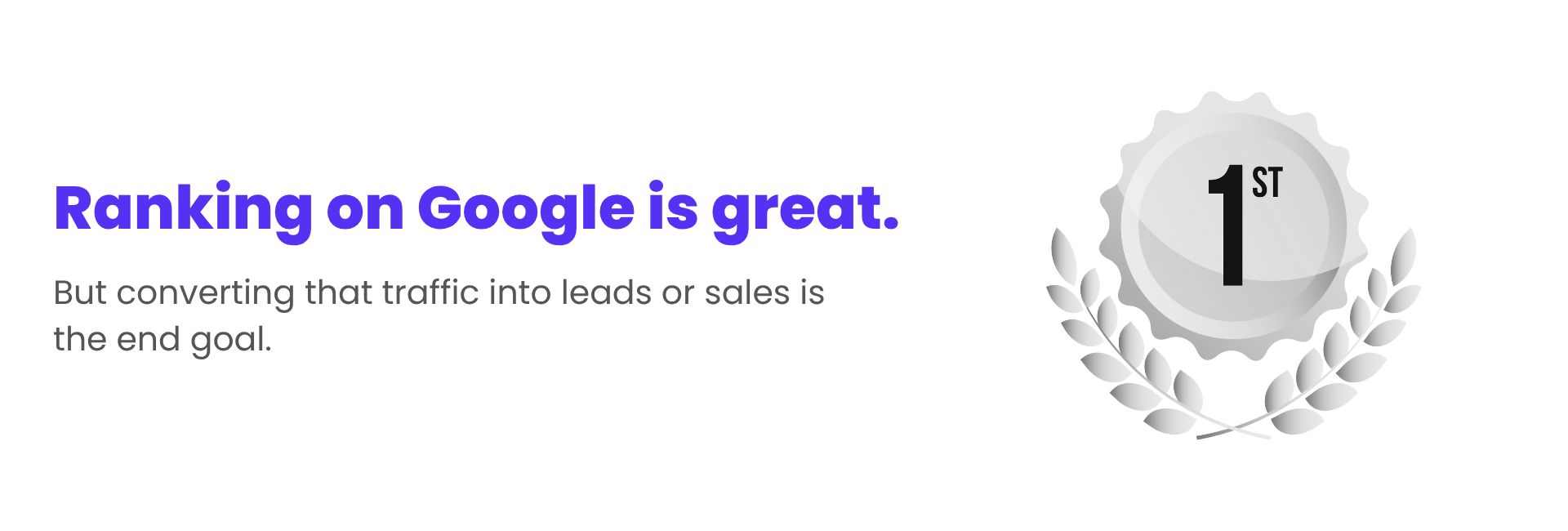
The Bottom Line: SEO Copywriting Is About Connection
Ranking on Google is great. But converting that traffic into leads or sales is the end goal. That’s why great SEO copywriting is more than keyword stuffing or algorithm hacks, it’s about building connection, trust, and action through words.
When you combine smart keyword use with persuasive language and clear calls to action, you create content that truly performs.
Turning Clicks into Clients
Let’s recap the essentials of SEO copy that ranks and converts:
- Strategy comes first: know your audience and their intent
- Keywords matter, but context matters more
- Structure for clarity, flow, and search engines
- Persuasion fuels conversion: speak to emotions and benefits
- CTAs drive action, don’t bury them
- Optimise for snippets, internal links, and user experience
- Keep your content fresh and goal-focused
Whether you’re writing blogs, landing pages, or website copy, the magic happens at the intersection of SEO best practices and human-first storytelling.
You’re not just writing for rankings. You’re writing for real people who are ready to take the next step. Make it count.
Need help writing SEO copy that actually converts?
Let the team at Digital Freak craft persuasive, search-optimised content that brings in more leads and builds your brand. From blogs and landing pages to full website rewrites, our copywriting and SEO teams in Melbourne have got you covered. Get your free strategy call today!
FAQs
Can SEO copywriting help my ecommerce website
Absolutely. Product descriptions, category pages, and even your homepage can all benefit from SEO copywriting. It helps you rank higher in product searches, reduce bounce rates, and convert browsers into buyers with persuasive, benefit-driven language. Drive more sales with smart, conversion-focused ecommerce SEO copy. Let’s optimise your product pages together—book a free consultation with our Melbourne agency
How often should I update my SEO content?
Review high-value SEO content pages every 6–12 months. Update outdated stats, improve clarity, refine keywords, and check for broken links. Google prioritises fresh, relevant content—especially on competitive topics. Don’t let stale content cost you rankings. Ask us about our SEO content refresh service—perfect for growing businesses
How does SEO copywriting work for local businesses?
Local SEO copywriting targets specific suburbs, cities, or regions. It includes geo-targeted keywords, Google Business Profile integration, and local landing pages that appeal to nearby customers. Want more customers in your area? Let’s write local SEO copy that puts your business on the map—contact us now.
How do you measure the success of SEO copywriting?
Key metrics include organic traffic, keyword rankings, time on page, bounce rate, and conversions. The goal is to drive more of the right traffic and turn readers into leads or sales. We don’t just write: we measure, test, and improve. Work with a Melbourne agency that delivers results!
Do I need different copy for different stages of the buyer journey?
Yes. Awareness-stage readers need educational blog posts, consideration-stage readers want comparisons or guides, and decision-stage readers look for service pages with strong CTAs. Tailoring content to intent increases relevance and conversion rates. Not sure where your content fits in the funnel? Let’s map it out together. Schedule a strategy session with our Melbourne content team.
How do I optimise my content to rank in AI-powered search snippets?
To appear in AI-generated summaries (like Google’s AI Overviews or Bing Copilot), your content needs to be clear, concise, and trustworthy. Focus on answering specific questions in 30–60 words, use structured headings, add FAQs, and include sources where relevant. Content that demonstrates expertise and directly addresses search intent is more likely to be pulled into AI snippets. Ready to get ahead in AI search results? Let us optimise your content for AI visibility! Speak to our Melbourne SEO experts today.

Written by
Michelle van Blerck – Communications Manager
I take a spark and turn it into a fireworks show! From internal client communications to LinkedIn authority articles, social media, and blogs, I write it all. My aim is to represent clients authentically with high-quality content that Google loves. I’ll show consumers why you’re the business they want to work with, buy from, and follow for life!



